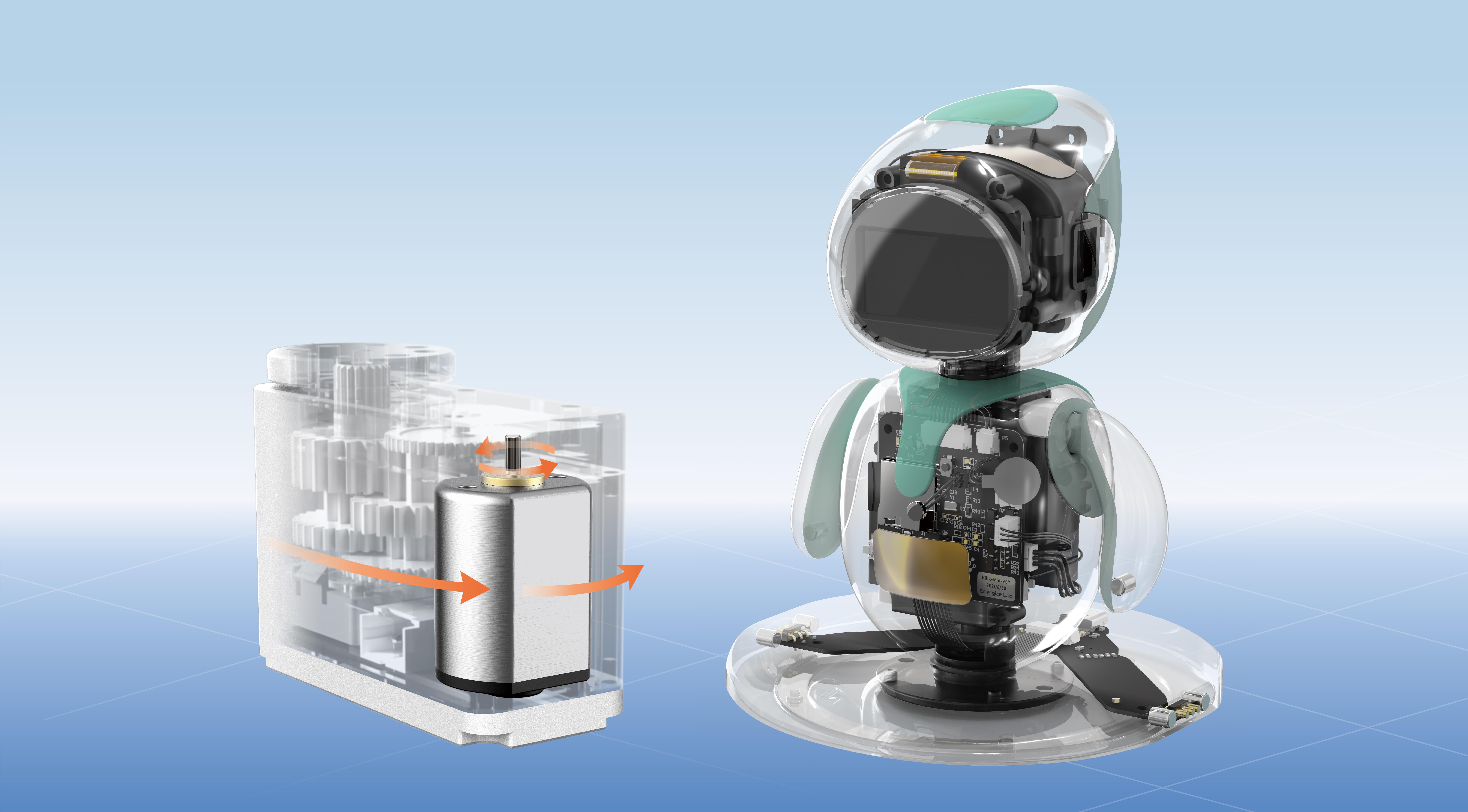How to Select a Gear Motor: A Comprehensive Guide to Powering Your Projects
In the world of automation, robotics, and industrial machinery, the right gear motor can make the difference between a flawlessly functioning system and one riddled with inefficiencies or failures. Whether you're designing a conveyor belt, an automated door, or a custom robotic arm, selecting the appropriate gear motor requires more than just picking a model off the shelf. It involves a deep understanding of your application's unique demands, environmental conditions, and long-term performance expectations.

Understanding What a Gear Motor Is
Before diving into the selection process, it’s essential to clarify what a gear motor actually does. Essentially, a gear motor combines a regular electric motor—often an AC or DC motor—with a gear reducer or gearbox. The gear reduction translates high-speed, low-torque output into low-speed, high-torque motion, making gear motors ideal for applications that require significant turning force at controlled speeds.
What makes gear motors so versatile is their ability to deliver a wide range of torque and speed combinations, tailored to fit specific tasks. They come in various sizes, power ratings, and configurations, each suited for specific environments and applications.
Key Factors to Consider Before Choosing a Gear Motor
Application Requirements
Every project has unique needs. Start by defining what your gear motor must do:
Load capacity: How much weight or force will it need to move or hold? For example, lifting heavy objects requires a higher torque motor.
Speed: What rotational speed is optimal? Precise control may require slower speeds, while rapid movements might need faster motors.
Duty cycle: Will the motor run continuously or intermittently? Continuous operation demands durable, high-quality components.
Positioning accuracy: Does your application require precise control of position? This influences the type of gear and motor chosen.
Torque and Power Needs
Calculating the required torque is fundamental. This involves understanding the force necessary to perform the task at hand, considering factors like load inertia and friction. Generally, the motor must produce at least as much torque as needed to start or sustain movement.
Power (measured in watts or horsepower) is directly related to torque and speed:
[ Power = Torque \times Rotational Speed ]
Ensuring your motor can comfortably handle the power demands prevents overheating and premature wear.
Gear Ratio
The gear ratio determines the output speed and torque. A higher gear ratio reduces speed but increases torque, making it ideal for heavy-duty applications. Conversely, a low gear ratio provides higher speed but less torque.
Calculating the optimal gear ratio requires understanding your desired output speed and torque, then selecting a gearbox that aligns with these needs. Remember, the gear ratio also impacts system efficiency; higher ratios can lead to increased power loss.
Motor Type: AC vs. DC
Choosing between AC and DC motors depends on application specifics:
AC motors are typically more durable, reliable, and suitable for fixed, continuous use. They’re often less expensive and require less maintenance.
DC motors are preferred for applications requiring precise control, variable speed, and faster startup times. They’re commonly used in robotics or automated systems.
Efficiency and Energy Consumption
An efficient gear motor reduces energy costs and heat generation, critical for applications with long operating hours or limited power availability. Look for motors with high efficiency ratings and consider the impact of gearboxes on overall efficiency.
Size and Mounting
Fitment is a practical consideration. The motor must physically fit within your system's design constraints, accounting for dimensions, weight, and mounting options.
Environmental Factors
Understanding the environment where the gear motor will operate influences your choice:
Temperature and humidity: Some motors perform poorly in extreme conditions.
Dust, water, chemicals: Enclosure ratings like IP (Ingress Protection) are crucial for harsh environments.
Vibration and shock: Robust construction may be necessary if the application involves significant vibration.
Understanding Different Types of Gear Motors
Once you've assessed the key factors, choosing the right type of gear motor becomes more straightforward. Here’s a brief overview:
Worm Gear Motors: Known for their high gear ratios and self-locking capability. They're suitable for applications requiring an output that holds position without back-driving.
Helical Gear Motors: Offer smoother and quieter operation with high efficiency. Suitable for precision applications requiring moderate to high torque.
Planetary Gear Motors: Provide compact design and high torque density. Ideal when space is limited, but high performance is needed.
Spur Gear Motors: Simplest design, offering good efficiency and high reliability, suitable for applications with lower torque requirements.
Important International Standards and Certifications
When selecting a gear motor, ensure it complies with relevant standards for safety and quality:
ISO (International Organization for Standardization): Ensures uniform quality.
IEC (International Electrotechnical Commission): Certification for electrical safety.
UL, CE, CSA: Safety certifications particular to regional markets.
Established in 2005, Kpower has been dedicated to a professional compact motion unit manufacturer, headquartered in Dongguan, Guangdong Province, China.




































